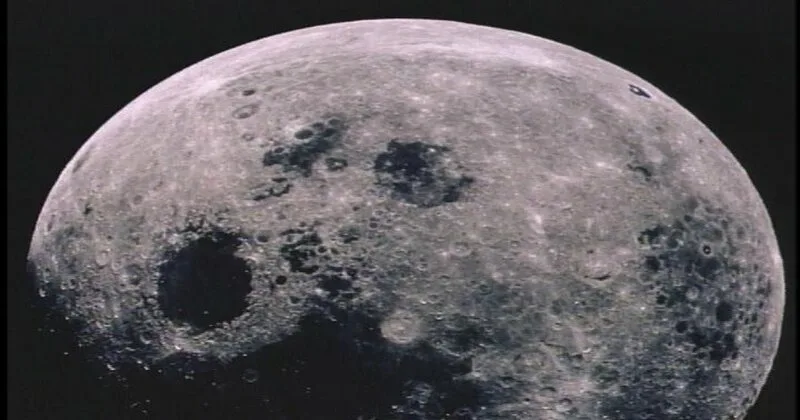
For centuries, the widely accepted theory of the Moon’s formation has been a massive collision between Earth and a protoplanet named Theia, which released debris that eventually formed the Moon. However, a new hypothesis from researchers at Penn State University proposes an alternative: Earth may have captured the Moon through a process called binary-exchange capture. Led by Professor Darren Williams, the team suggests that the Moon could have originally been part of a “terrestrial binary” — two rocky bodies orbiting each other — that passed close enough to Earth for the planet’s gravitational pull to capture the Moon into orbit while ejecting the second body into space.
The current impact theory was largely supported because the Moon’s composition closely resembles Earth’s, as confirmed by samples from NASA’s Apollo missions. However, Professor Williams points to a discrepancy: if the Moon formed from impact debris, its orbit should be aligned more closely with Earth’s equator, yet the Moon’s orbit is tilted by about seven degrees. Williams and his colleagues propose that this tilt could be explained by a binary-exchange capture, similar to how Neptune likely captured its moon, Triton, which also orbits at a high inclination. According to their calculations, the Moon could have come from a binary system passing near Earth at a slow enough speed for capture.
The researchers explain that after its capture, the Moon’s initial orbit around Earth would have been highly elliptical, but tidal forces would gradually have stabilized it into a near-circular orbit. This theory also accounts for the Moon’s tilt and certain unique isotopic compositions found on the Moon. While the binary-capture hypothesis relies on several unlikely events occurring in tandem, Professor Williams believes it presents a feasible alternative that warrants further study, potentially shedding light on planetary formation processes in the early solar system.

Post Your Comments